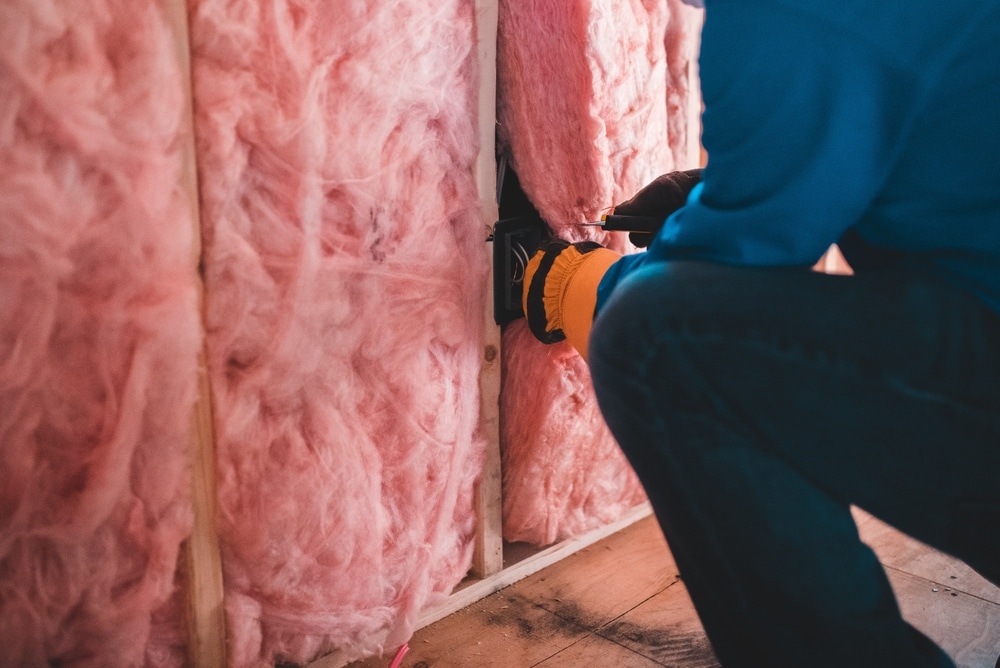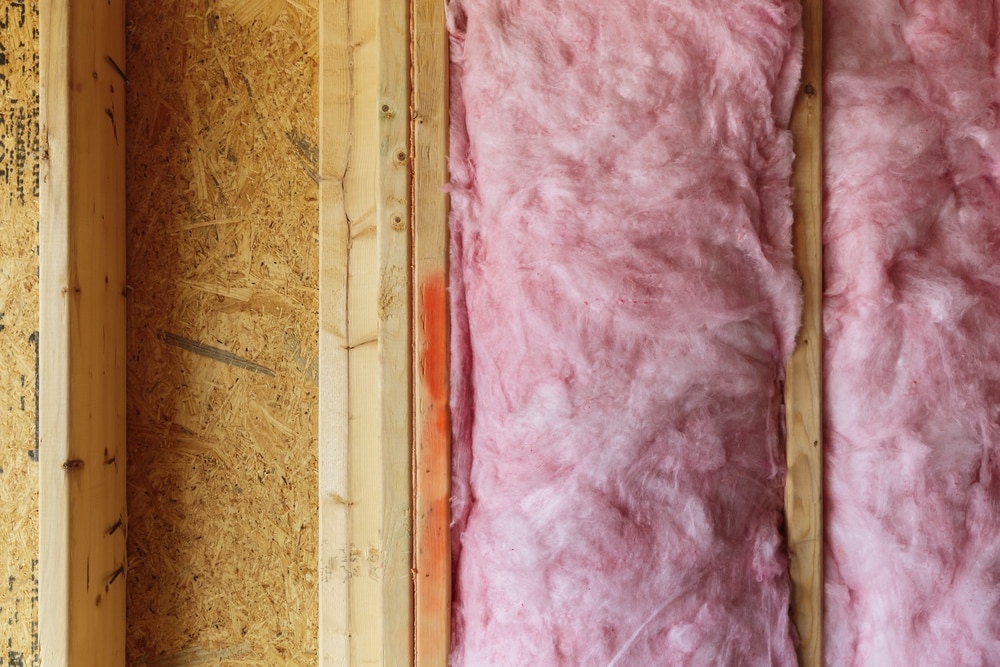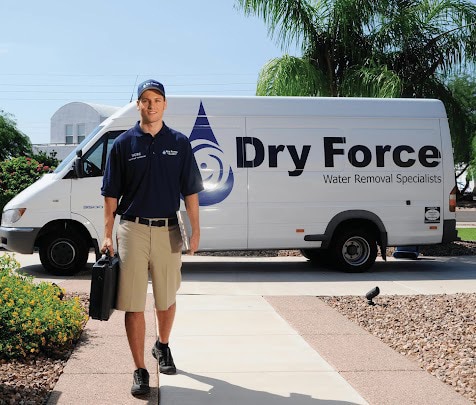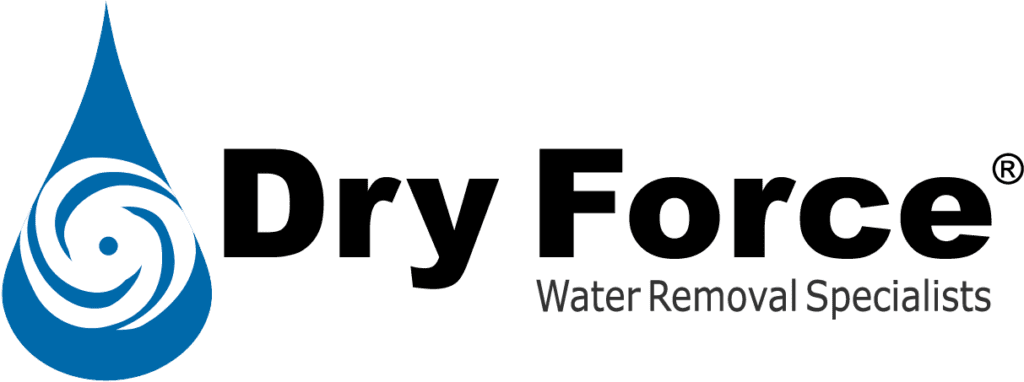
Discovering wet insulation is a huge letdown. Insulation is essential for keeping your home cozy. When it gets wet, it becomes a big problem. If you have discovered wet insulation in your attic, you need to take care of it right away to prevent severe water damage. Let’s look at the top five common causes of wet insulation and what you can do about it.
Table of Contents
Top 5 Causes of Wet Insulation
Any amount of moisture can cause damage. Wet or damp insulation can be traced back to one of the following causes:
1. Roof or Plumbing Leaks
One of the primary culprits behind wet insulation is roof or plumbing leaks. Leaky roofs allow rainwater to seep into the attic or walls, saturating the insulation over time. Plumbing leaks or burst pipes can also soak insulation.
2. Excess Humidity
An attic is one of the most humid and hottest areas in your home. Poor ventilation and fluctuating temperatures contribute to this excess humidity, eventually leading to damp insulation.
3. Ground Moisture
Basements insulated without moisture-resistant insulation are susceptible to water damage. If you are insulating your basement or crawl space, always ensure that you are using the correct material.
4. Air Infiltration
Warm, humid air can enter your home through windows, doors, or even poorly sealed appliances. As the air cools down, moisture can condense in or near your insulation, leaving it damp or wet.
5. Snow in the Attic
In areas with heavy snowfall, open vents can lead to the accumulation of snow in the attic. As the snow melts, the moisture can saturate the insulation, leading to wetness.
What Are the Negative Consequences of Wet Insulation?
Damp or wet insulation can have several negative consequences that should be addressed before the damage worsens.
Energy Loss
First of all, the excess moisture compromises your insulation’s ability to provide thermal support, leading to energy loss, increased utility bills, and a very uncomfortable home.
Read More: How to Prevent Water Damage in Your Shower and Bathroom
Mold and Mildew
Wet insulation can also become a breeding ground for mold and mildew. If mold starts growing in your insulation, you and your family may start to develop allergies or serious respiratory issues. Plus, moist wood will rot and attract pests like ants and termites.

How to Respond to Wet Insulation
When it comes to dealing with damp or wet insulation in your attic or walls, finding the right approach is important. If you are dealing with a small section of the insulation that is only slightly damp, you can give it some time to dry naturally. You can also speed up the process by using a fan or promoting airflow in the area.
If the insulation is soaked or sopping wet, you will need to contact a professional. No amount of ventilation or fans can dry out dripping wet insulation. A licensed technician will have the tools and equipment needed to mitigate water damage and restore your attic or crawl space.
Common Types of Insulation
Cellulose Loose-Fill Insulation
Cellulose loose-fill insulation is one of the best types of insulation products you can use. It’s environmentally friendly, can absorb moisture, and help dry out the affected areas. This type of insulation is a great option for those interested in going green and increasing the energy efficiency of their house.
Fiberglass Batts
Fiberglass insulation has been around for nearly a century—and is still used in many homes today. Batt-style insulation comes in pre-cut panels designed to fit between your walls and floors. Fiberglass batts are ideal for basements and crawl spaces susceptible to water damage. Not only does it keep your basement warm and cozy, but it also helps improve energy efficiency.
Read More: Tips and Steps for Fixing a Drywall Bulge
Wet Insulation and Wall Cavities
When wet insulation affects your wall cavities, it’s vital to get a technician on your property as soon as possible. The team at Dry Force removes any damaged insulation, uses specialized drying techniques, and utilizes moisture meters to ensure everything is dry.

Residential Water Damage Restoration Services
If you are feeling overwhelmed with wet insulation, do not hesitate to give the team at Dry Force a call at (877) 589-7504. We have helped hundreds of homeowners in Texas like you reverse the damages of wet insulation. Get in touch with an IICRC-certified technician and let the professionals handle the residential water damage restoration process from start to finish.
Have wet insulation on your hands? You can benefit from the following services:
Roof Leak Cleanup
A ceiling that drips is often a telltale sign of a roof leak. While it may not seem like a major problem at first, it can escalate quickly if not dealt with. Paint may start to chip, lights might not work, and the presence of mold may have already made an entrance. Avoid wet insulation and get your roof assessed by a professional.
Crawl Space Drying
Let’s face it, crawl spaces are often overlooked by homeowners. Water in the crawl space can wreak havoc on insulation, causing mold to grow and potentially leading to costly structural repairs. Our team offers comprehensive crawl space repair and restoration services for homes across Texas.
Thermal Image Inspections
It pays to uncover possible moisture issues. Whether you are a home buyer, seller, or undergoing reconstruction, you can benefit from our thermal imaging water damage restoration services to detect damage in your attic, basement, or crawl space. The technicians at Dry Force utilize digital thermal cameras to identify wet spots and provide solutions.
Innovative Water Mitigation and Extraction Solutions for Homes and Businesses
Dealing with wet insulation can be a major headache, but with the right know-how and assistance, you will be able to enjoy your home again. Dry Force offers innovative water damage mitigation services in Timberwood Park, TX and other areas. Take action and protect your home or business from the consequences of wet insulation. Your energy bills will thank you. Get 24/7 emergency support from Dry Force and use our online form to schedule an appointment.

